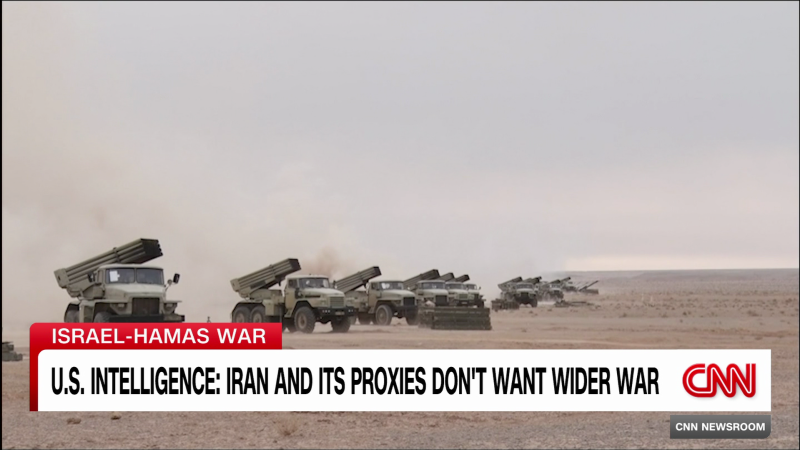Iran ’s strategy of cultivating non-state proxies, from Hezbollah in Lebanon to the Houthis in Yemen, has enabled it to project power asymmetrically, challenging Israel ’s qualitative military. Throughout the 2000s, the enduring hostility between Iran and Israel unfolded as a covert confrontation waged in the shadows. During this period, Israel carried out assassinations of Iranian nuclear scientists, while Iran supported proxy groups such as Hezbollah, Hamas, and the Houthis. 1 day ago · It wasn’t only the Israeli government and Mossad whose operations involved assassination. In 2010, the infiltration took a new turn with the introduction of the Stuxnet malware into Iran ’s nuclear facilities. To understand why missiles are flying and capitals are bracing, one must look backward, across decades of cold hostility, assassinations, cyberattacks, and proxy conflicts . This is the story of how we got here: a historical and narrative-driven account of the long path to June 13, 2025. 5 days ago · For years, Israel and Iran waged a hidden war —a conflict fought through cyberattacks, covert assassinations, and proxy militias across the Middle East. By 2025, that shadow war erupted into direct confrontation. Iran responded within hours with True Promise 3, unleashing hundreds of missiles and drones on Israeli cities, including Haifa, Tel Aviv, and Petah Tikva. “This is not a spontaneous conflict ,” says Dr. Haitham al-Hiti, a political scientist at the University of Exeter. For years, Israel and Iran engaged in a shadow war, utilizing proxy forces and covert operations. However, on October 1 , 2024 , this conflict escalated into open warfare as Iran launched a massive missile attack on Israel.
Exclusive: Never-Before-Seen Footage from the Iran-Israel-Syria War Zone
Iran Nuclear Threat: What the Media Isn't Telling You
The Future of Iran's Nuclear Threat: What to Expect
